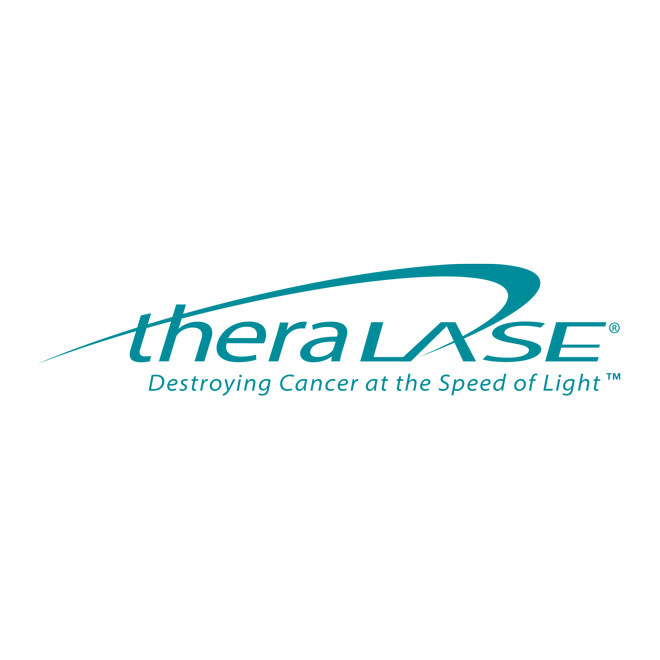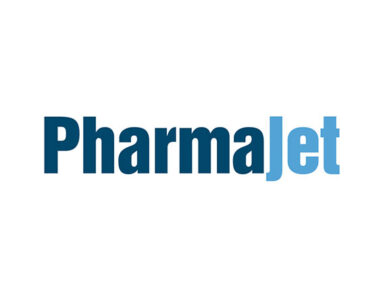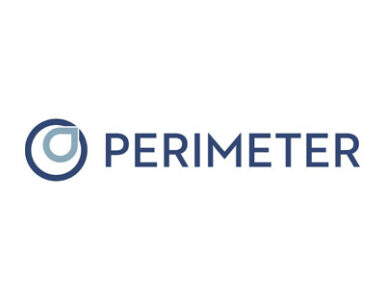
Theralase Technologies (TSXV:TLT; OTCQB:TLTFF) updated recently reported interim clinical data from a Phase 2 clinical study of patients with Bacillus Calmette-Guérin (BCG)-unresponsive, non-muscle Invasive Bladder Cancer (NMIBC) carcinoma in-situ (CIS), with or without resected papillary Ta/T1 disease.
The company’s patented investigational study drug, Ruvidar (TLD-1433) is a ruthenium-based photo dynamic compound intravesically instilled into a patient’s bladder and subsequently activated by a proprietary investigational study device, the TLC-3200 Medical Laser System, a green laser system equipped with fiber-optic light emitters and detectors.
For the primary objective, 65% of evaluable patients achieved a complete response (CR) at any assessment date post-primary study treatment and 30% of evaluable patients achieved a CR at 450 days.
In recent discussions with the Medical and Scientific Advisory Board (MSAB) for Study II, the MSAB advised the company to review the FDA guidance to the industry on how to best classify indeterminate response (IR) patients assessed with negative cystoscopy and positive urine cytology, where the source of the positive urine cytology has not been determined.
In accordance with the FDA guidance, patients enrolled and provided the primary study treatment, where the source of the positive urine cytology has not been identified and confirmatory bladder biopsies were negative, Theralase has reclassified these patients from IR to CR.
For patients, who have been enrolled and provided the primary study treatment in Study II, that have been diagnosed as IR and do not have confirmatory negative bladder biopsies, confirming that the source of the UCC is not from the bladder wall, these patients have remained classified as IR, until additional clinical assessments can be completed by the principal investigators (PI) to prove or disprove a diagnosis of CR.
As a result, Theralase is providing an update to Study II’s interim clinical study data analysis, where some patients have been reclassified from IR to CR on certain assessment days.
In accordance with the FDA guidance, Theralase will conduct sensitivity analyses, in which these IR patients are considered not to have achieved a CR, as a part of the final clinical report.
In the latest interim analysis of Study II, patients, who have been removed from Study II by the PI are included in the analysis where their last reported assessment by a PI, prior to removal from Study II, has been carried forward in a last observation carried forward (LOCF) analysis.
This LOCF analysis reduces the number of patients analyzed in Study II to only evaluable patients, those assessed by a PI, and excludes pending assessments.
As a result, 60% of evaluable patients achieved a CR at 90 days post-primary study treatment and 30% achieved a CR at 450 days.






